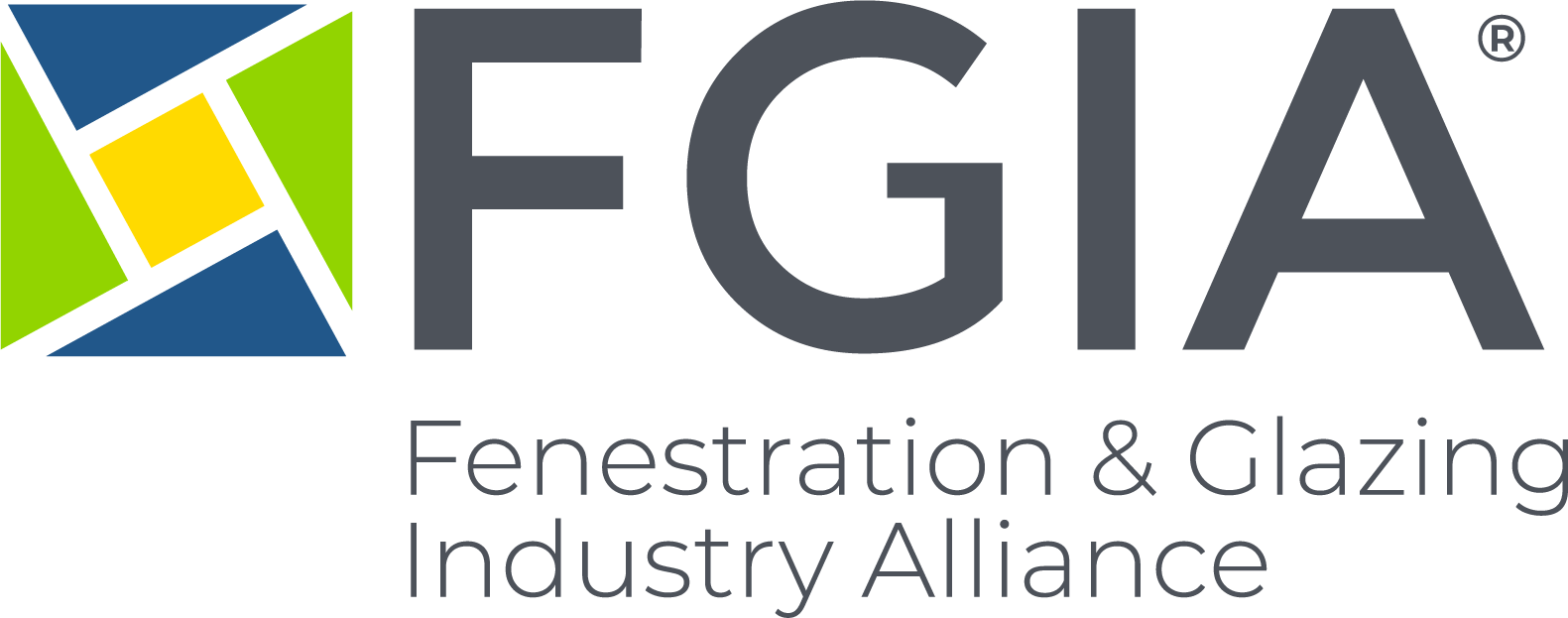HR Expert Advises Employers on Managing Remote Workforces at FGIA Virtual Summer Conference

Those participating in the Fenestration and Glazing Industry Alliance (FGIA) Virtual Summer Conference heard a presentation from Lisa Sterling, founder and CEO of R3-Engage, on ways to cultivate a successful remote workforce, keep employees physically and mentally well and properly re-integrate employees into an office setting. Sterling advised that the current work from home experience many are living today is not a normal representation of what remote employment is and suggested employers give their workers the tools and resources they need to succeed in the face of current uncertainty.
“In a disruptive world, transformation is paramount to survival,” said Sterling.
From the cultural shifts of the Me Too movement, COVID-19’s impacts and the current engagement around the Black Lives Matter movement, “the last 18 months have been a perfect storm,” said Sterling, contributing to the current state of disruption we see today. This has taken a toll on the state of the workforce, as well.
“There is opportunity in all of this,” said Sterling.” But look at our current state of wellbeing. Burnout is occurring as people are working longer days. Millions of individuals and families are dealing with financial implications of unemployment heightening stress levels.”
Sterling cited data from May 2020 showing that the top issues on employees’ minds are work life balance (60 percent), technology for remote work (50 percent) and two-way communication (45 percent).
Sterling advised employers to ask themselves three questions:
- How can you cultivate a successful remote workforce?
- How can you help employees maintain a healthy wellbeing?
- Down the road, how will you effectively re-integrate employees back into the office?
“The decisions you make in the coming weeks and months will impact your employment brand for years to come,” Sterling said.
Cultivate a Successful Remote Workforce
Sterling had several tips for empowering remote workers, including building a comprehensive work from home experience, helping employees create a work from home space and providing financial support for work from home necessities. She reiterated how crucial it is to make information readily available for people and to choose the best communication vehicle(s) for one’s specific team.
“How do you keep employees engaged?” asked Sterling. “It's hard when you don't have shared common spaces like you would in an office. When we are removed from that, people might not feel as connected. But look at the last three months. People are attentive.”
Sterling encouraged employers to gain feedback about what is working and what is not working, just like they would with any product or service.
“People want to stay up to date and informed,” she said. “Even if you don't have a fully baked plan, share it with your employees. Use it as an opportunity to engage in dialogue. They have the answers, but they lack your authority and platform to share their ideas.”
Help Employees Maintain a Healthy Wellbeing
Sterling asked employers to think of ways to provide teams with a sense of inclusion and belonging and to foster it even when they are at arm's length. Set clear goals and accountability, she said, but create entertaining ways for people to collaborate and connect. Sterling said to keep providing career growth opportunities, even if promotions and raises may need to be on hold.
“Maintain mental well-being by empowering people to separate life from work,” said Sterling.
“This is a time where we want to be focused on mental wellbeing in a serious manner,” Sterling said. “Don't just say you care about your employees. Demonstrate ways that you are. Individual wellbeing is far more important than anything else right now.”
Crucially, said Sterling, learn to recognize warning signs of employees who may be suffering from stress.
Effectively Re-integrate Employees Back into the Office
When re-integrating employees, plan for safety first, Sterling said. Her tips included continuing social distancing standards, creating space between workstations, frequent cleaning and disinfecting, and limiting congregating in common spaces like cafeterias and break room.
“If possible, allow the return to the workplace to be optional,” said Sterling. “Articulate it’s not a ‘return to normal’ or a ‘return to pre-COVID’ state. Provide avenues for people to reconnect to work, the workplace and peers.”
In terms of communication as teams re-integrate, err on the side of even over-communicating, said Sterling.
“Be deliberate in communicating,” she said. “People will look back and thank you and be advocates for you because you worked hard to take care of them.”
For more information about FGIA and its activities, visit fgiaonline.org.
Your trusted industry resource, setting the standards for fenestration and glazing.





